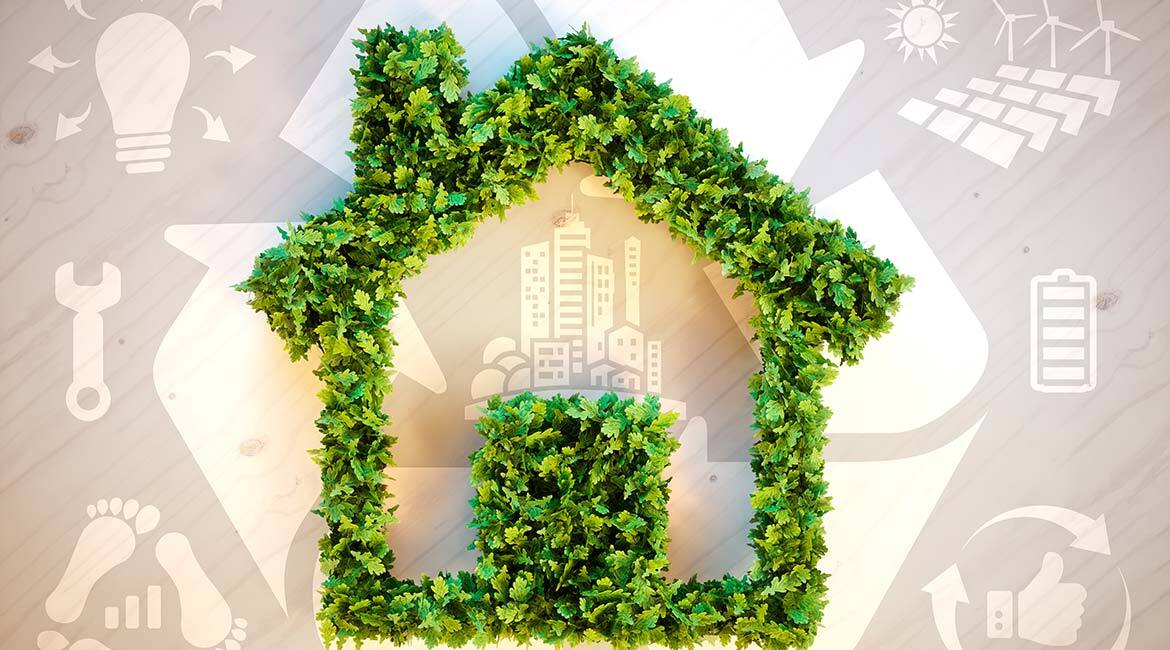
Being cold in a warm environment may seem counterintuitive. “The thermal comfort of a building is determined on generalities. Yet elderly or bedridden people do not feel the same level of comfort as a child constantly running around,” explains Abdelatif Merabtine, a professor in the Construction Engineering Department at ÉTS.
Professor Merabtine describes himself first and foremost as an energy engineer. His role is to make buildings more economical, sustainable and efficient in terms of energy consumption, but also more comfortable for occupants.
An engineering graduate from École nationale polytechnique d’Alger, young Abdelatif headed to Paris to pursue a master’s degree in mechanical engineering with a focus on aerospace propulsion. An internship at Polytechnique Montréal introduced him to the building science. That’s when it all clicked. He focused his work on thermal convection and returned to France to complete his master’s degree in mechanical engineering. Hesitating between Nancy and Montréal for his PhD, he finally opted for the project of Professors Riad Benelmir and Najib Laraqi at the University of Lorraine in Nancy. There, the young PhD student had a prototype building where he could use numerical modelling to improve energy efficiency right from the design phase. He earned his PhD in 2012.
Buildings, Major Consumers of Energy
Buildings account for almost 40% of the world’s annual energy consumption, making a significant contribution to greenhouse gas emissions. There are a few ways of reducing this energy consumption, namely by optimizing insulation in walls, heating, ventilation and air conditioning systems.
However, the intent is not to reduce consumption blindly. “We live in buildings 90% of the time, so it’s important to feel comfortable in them.” This subjective feeling is at the heart of Abdelatif Merabtine’s work. Using a thermal manikin, Abdelatif and his team demonstrated that the comfort index for vulnerable people is around 27 °C in winter. Yet the standard ambient temperature in buildings is 21 °C.
Comfortable Frugality

Abdelatif believes that we should opt for frugality when implementing energy solutions. Making the most of local and bio-based materials, installing floor heating, planting a green roof, integrating hemp into concrete or reusing components from deconstruction, all fit in with the desire to do better with less.
The ideal house is energy-efficient, uses renewable resources, incorporates natural elements and ensures sustainability with Mother Earth. “This type of house already exists in Scandinavian countries, so why not in Quebec?” proposes Abdelatif Merabtine.
He would like to convey this culture of frugality in Quebec by drawing inspiration from centuries-old craft techniques. “Our ancestors weren’t engineers, but they built lasting roads, walls and houses. Today, with our new technology, we can’t even reproduce them.”
ÉTS and Technology Transfer
In 2023, Abdelatif saw the possibility of returning to Montréal when he was offered a position as professor in Construction Engineering at ÉTS. Teaching had been part of his career for a good ten years. “For me, there can be no teaching without research, and no research without teaching,” he says, “otherwise how can we ensure that knowledge is passed on?”
His aim is to relay to future engineers the European concepts of energy saving accumulated over the past century in the building industry. And, of course, reinstating human factors in energy efficiency concepts.


